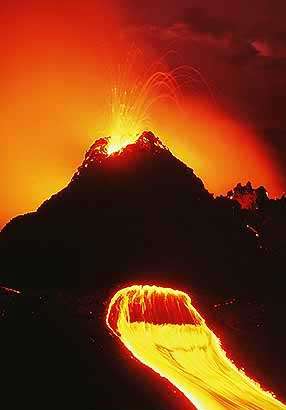
Professor Glyn Williams-Jones
Department of Earth Sciences, Simon Fraser University
Big Bangs: Applying Geophysics to the Study of Active Volcanoes
Emplacement and movement of magma will often result in volume change, rock fracturing or pressure variations that can be readily detected by seismic and geodetic networks, while variations in mass, density and flow direction of the magma, magmatic gases and fluids will be expressed through the generation of local disturbances of potential-fields, such as gravity, magnetic or electrical fields. While, the source generating the potential-field signal is a nonunique solution, when the models are informed by independent data sets such as seismicity or geochemistry, it becomes possible to limit the models to a reasonable number of possibilities.
Although a network of seismometers and geodetic sensors is still the ideal method for monitoring volcanic activity, the required capital investment means that only a small number of active volcanoes are thoroughly monitored. Fortunately, recent advances in the miniaturisation and standardisation of sensors and wireless communication systems will likely make these monitoring networks more widely available. Furthermore, the application of new geophysical techniques, such as muon tomography show enormous potential for expanding our knowledge of the subsurface structures of volcanoes and may even eventually be used for monitoring. However, it is only through the integration of a wide variety of geophysical, geochemical and remote sensing techniques that we can constrain the rates at which key magmatic processes occur and interpret the associated surface signals that may indicate changes in volcanic activity.
